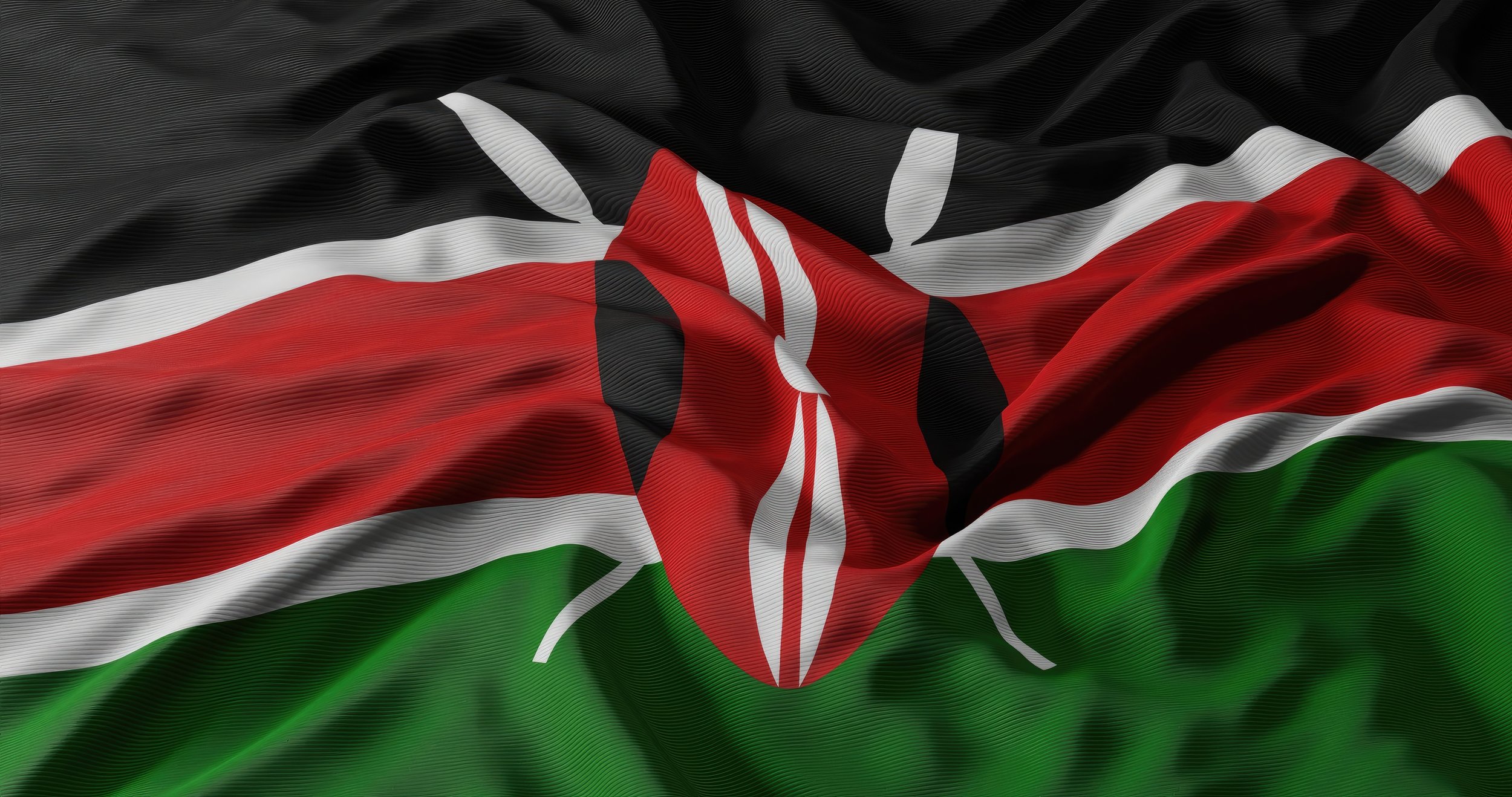
Kenya SWOT Analysis
Strengths
Agriculture:
Diverse Climatic Regions: Kenya's varied climate zones allow for the production of a wide range of agricultural products, including tea, coffee, flowers, vegetables, and fruits. This diversity is a significant strength, as it enables year-round production and export opportunities.
Strong Export Sector: Kenya is a leading exporter of tea and flowers, contributing significantly to the global market and providing a substantial foreign exchange income.
Energy:
Renewable Energy Potential: With significant geothermal, solar, and wind resources, Kenya has a substantial base for renewable energy development. The country is already a leader in geothermal energy in Africa.
Government Initiatives: Various initiatives, including the Last Mile Connectivity Project and the Kenya Vision 2030, aim to increase energy access and promote renewable energy sources.
Weaknesses
Agriculture:
Infrastructure and Storage Challenges: Poor rural infrastructure, inadequate storage, and processing facilities lead to significant post-harvest losses, affecting farmers' income and food security.
Dependence on Rain-Fed Agriculture: Despite the potential for irrigation, a large portion of agriculture remains dependent on seasonal rains, making it vulnerable to climate change and variability.
Energy:
Limited Access to Electricity: While progress has been made, a significant portion of the population still lacks access to reliable electricity, hindering economic development and quality of life.
Dependence on Biomass: Heavy reliance on biomass for cooking and heating in rural areas leads to environmental degradation and health issues.
Opportunities
Agriculture:
Agro-Processing: Investing in agro-processing industries could reduce post-harvest losses, add value to agricultural products, and increase farmers' earnings.
Irrigation Projects: Expanding irrigation can reduce dependence on rain-fed agriculture, increase agricultural productivity, and ensure food security.
Energy:
Investment in Renewable Energy: Exploiting the full potential of renewable energy sources can provide sustainable power supply, reduce carbon emissions, and create jobs.
Regional Power Export: Developing excess energy capacity could turn Kenya into a net exporter of electricity, enhancing its geopolitical and economic status in the region.
Threats
Agriculture:
Climate Change: Increasing temperatures, erratic rainfall, and the frequency of extreme weather events threaten agricultural productivity and food security.
Pests and Diseases: New and emerging pests and diseases, like the locust invasion, pose significant threats to crops and livestock.
Energy:
Financing for Renewable Projects: High initial investment costs and perceived risks can limit the financing available for renewable energy projects.
Infrastructure Vandalism: Theft and vandalism of energy infrastructure can cause significant service disruptions and financial losses.
Kenya holds significant potential in its energy and agriculture sectors, which are pivotal for its economic growth and development. Harnessing the strengths and opportunities while effectively addressing the weaknesses and threats is crucial for sustainable development. Strategic investments in infrastructure, technology, and capacity building, coupled with a focus on renewable energy and food security, can drive Kenya towards achieving its Vision 2030 goals and beyond.
Kenya's agricultural sector is underpinned by its diverse climatic regions, which allow for the cultivation of a wide range of products, including staples and cash crops like tea, coffee, and flowers. This diversity affords Kenya a year-round production capability, enhancing its role as a leading exporter, especially in tea and horticulture, thus contributing significantly to the country's foreign exchange earnings. The energy sector, similarly, boasts considerable strengths, notably through its substantial renewable energy resources. Kenya is a frontrunner in geothermal energy production in Africa and has vast untapped potential in solar and wind energy. Government initiatives such as the Last Mile Connectivity Project underscore a commitment to increasing energy access and fostering renewable energy development, aligning with global sustainability goals.
However, these sectors are not without their challenges. The agricultural sector suffers from inadequate rural infrastructure and storage facilities, leading to substantial post-harvest losses that adversely affect farmers' incomes and national food security. Additionally, the prevalent reliance on rain-fed agriculture makes the sector vulnerable to climate variability and change, posing a significant risk to productivity and sustainability. In the energy domain, despite strides in expanding the grid, a considerable portion of the Kenyan population remains without reliable electricity access. This lack of access hinders economic development and affects the quality of life. Moreover, the continued dependence on biomass for cooking and heating in rural areas contributes to environmental degradation and poses health risks.
Opportunities for growth and development within these sectors are abundant. In agriculture, investing in agro-processing could mitigate post-harvest losses, add value to produce, and enhance farmers' earnings. Expanding irrigation is another critical area of opportunity, offering a means to lessen dependence on unpredictable rain patterns, increase productivity, and ensure food security. The energy sector, with its rich renewable resources, presents a lucrative avenue for investment. Fully harnessing these resources could not only meet domestic energy needs sustainably but also position Kenya as a net energy exporter, enhancing its geopolitical stature and contributing to economic growth. Such initiatives would also align with global efforts to combat climate change by reducing carbon emissions.
Nonetheless, these opportunities are tempered by threats that could undermine progress. Climate change looms large over agriculture, with increased temperatures, changing rainfall patterns, and the frequency of extreme weather events threatening to disrupt agricultural productivity. The emergence of pests and diseases further exacerbates this vulnerability, endangering crops and livestock alike. In the energy sector, the financing of renewable projects presents a significant hurdle, with high initial costs and risk perceptions deterring investment. Additionally, vandalism and theft of energy infrastructure pose challenges, causing service disruptions and financial losses.
In conclusion, Kenya's energy and agriculture sectors are at a critical juncture. The strengths of diverse agricultural production capabilities and renewable energy resources offer a solid foundation for sustainable growth. However, addressing the weaknesses in infrastructure, technology, and access to reliable energy sources is crucial for capitalizing on the abundant opportunities these sectors present. Overcoming the threats posed by climate change, pests, and financing hurdles will require concerted efforts from the government, private sector, and international partners. Strategic investments, coupled with innovative policies and programs, can propel Kenya toward achieving its Vision 2030 aspirations and beyond, ensuring economic stability, environmental sustainability, and improved livelihoods for its population. This SWOT analysis underscores the complex interplay of factors shaping Kenya's energy and agriculture sectors, highlighting the need for integrated strategies to harness the country's full potential while mitigating risks.

Design Your Partnership With Masco
Let’s Talk
